Sue and I left the red cliffs of Cania Gorge and headed into the delightfully named Banana Shire in search of a mountain.
As we drove along the incredibly flat area, we wondered if perhaps we were in the wrong place. A 360 degree look around revealed nothing resembling a hillock let alone a mountain. But we soldiered on, motoring beside fields and through stands of trees and suddenly, there it was.
Dubbed Mount Scoria by the English mapmakers who named it, this mountain is called Dangama Mungar (Talking Mountain) by the Gangulu people.
It is an important meeting place for corroborees, an event for them to gather to dance together and discuss marriages, initiations, ceremonies, spiritual life, law and order, trade, and commerce. It’s a time to socialize and tell stories and discuss important matters.
The mountain was the site of an active volcano. Once the lava cooled it created unusual basalt columns with five to eight sides.
The Gangulu people believe that Dangama Mungar was created by the Wujanbara Bunna, Giant Man. It is believed that at the time of creation, Wujanbara Bunna walked across the land, pausing to lay down and sleep. He was so big that his nightly rest caused a ruckus in the land and created mountain ranges, hills, and gorges, Mount Scoria.
Dangama Mungar is a quiet and peaceful place of gentle trails that meander past meadows and through thick bush.
The Juri, or totem, for Gangulu country is Gujunara, the carpet snake. It is considered the spiritual brother of the Gangulu people, a sacred being, and they are forbidden to ever kill or eat it.
I wished I hadn’t read that before entering this area. The trail was cut through a tangle of vines and tree roots that twisted and turned underfoot like, you guessed it, snakes. Shudder. My imagination was on overdrive and I silently willed any marauding carpet snakes to hustle back home instead of introducing themselves to me.
Apart from keeping a weather eye open for carpet snakes, walking the trails around Dangama Mungar was so peaceful it was almost meditative. The silence, the hot late afternoon sun, and gentle cadence of our hiking lulled us into quietness.
As we approached the mountain itself, the trail became hazy, finally disappearing into rocks and trees. Although we ventured in, we soon realized that we’d have to reinvent ourselves as bushwhackers to proceed further. Since we’d neglected to bring our machetes we bid farewell and headed back down the mountain.
One of the lovely things about this trail is the presence of signs sharing stories and history from the Gangulu people.
My favorite was the story of how stars came to fill the heavens:
In the time of Creation, the Gangulu people were given the power over fire, and for a long time they used it wisely.
One day, two mischievous Windaru gada (Kookaburra brothers) watched as the people used fire to manage the bush. They saw how the Gangulu were able to control the fire and become very jealous.
At dusk one day, when the Gangulu were fire farming, the Windaru gada stole two sticks of fire. The Gangulu warriors saw the brothers steal the fire and began to chase them.
To escape the warriors, the Windaru gada took to flight, flying high amongst the trees, setting them alight with the fire sticks as they flew by. When this happened, a great fire started and tore through Gangulu country. The people became frightened since they had no place to hide, and called to their Creation Spirit, Munda Gara (Rainbow Serpent) to help them.
Munda Gara saw there was danger int he land and called for rain to put out the raging fires. The rain came but by now the flames were so great and intense that as the rain hit the earth and the burning trees, a shower of sparks flew high into the night sky.
This is how all the stars were created in the heavens.
After reading that story, I liked wandering through this meadow and seeing these lovely weeds back lit by the sun, looking every bit like shooting stars.
I really enjoyed learning more about the Gangulu people and the delightful oral history of the world they’ve passed down through so many generations. xo

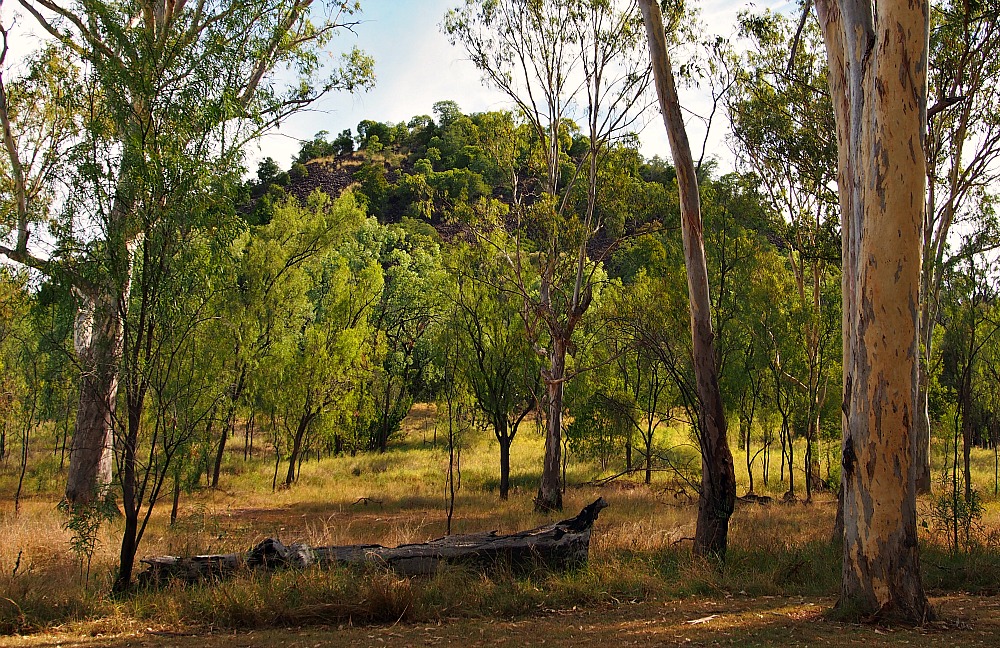
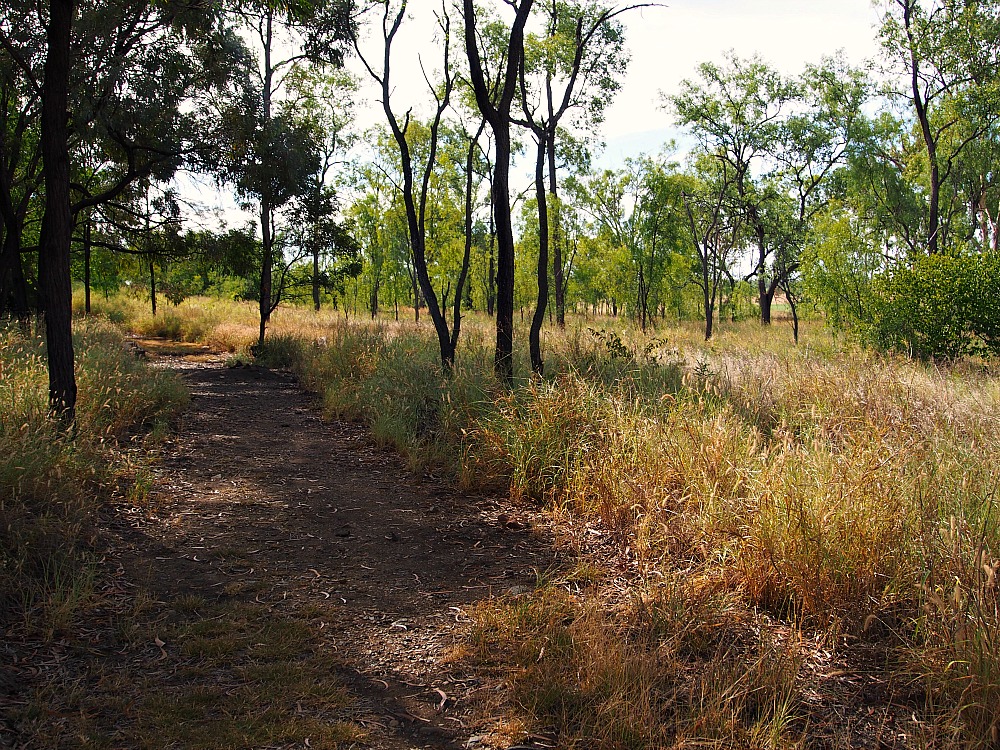
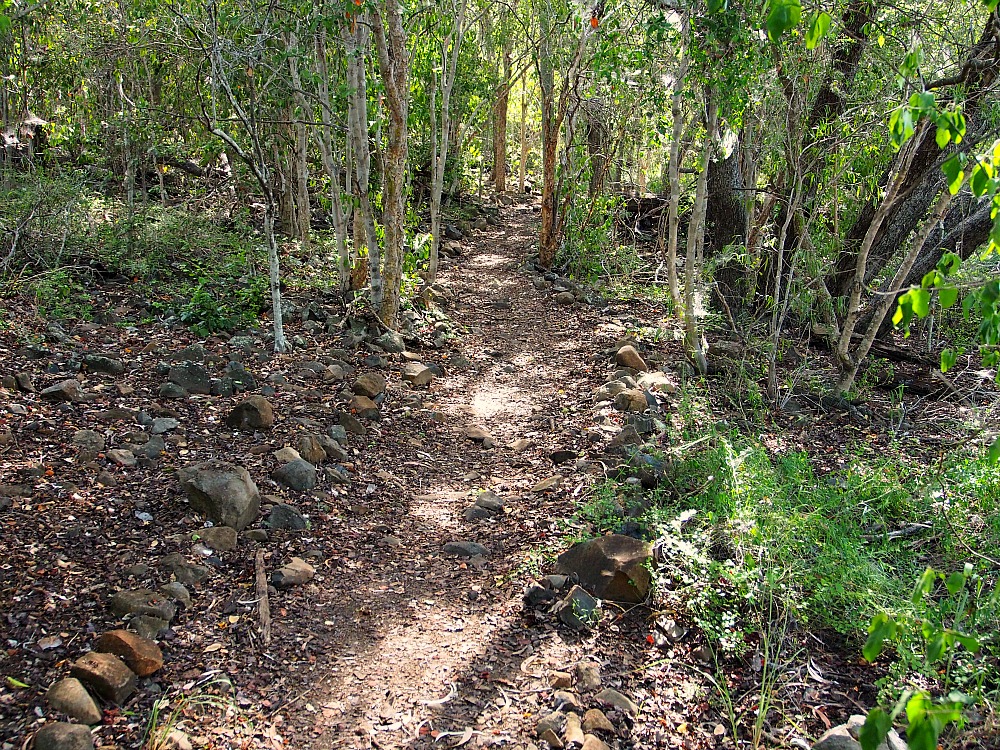
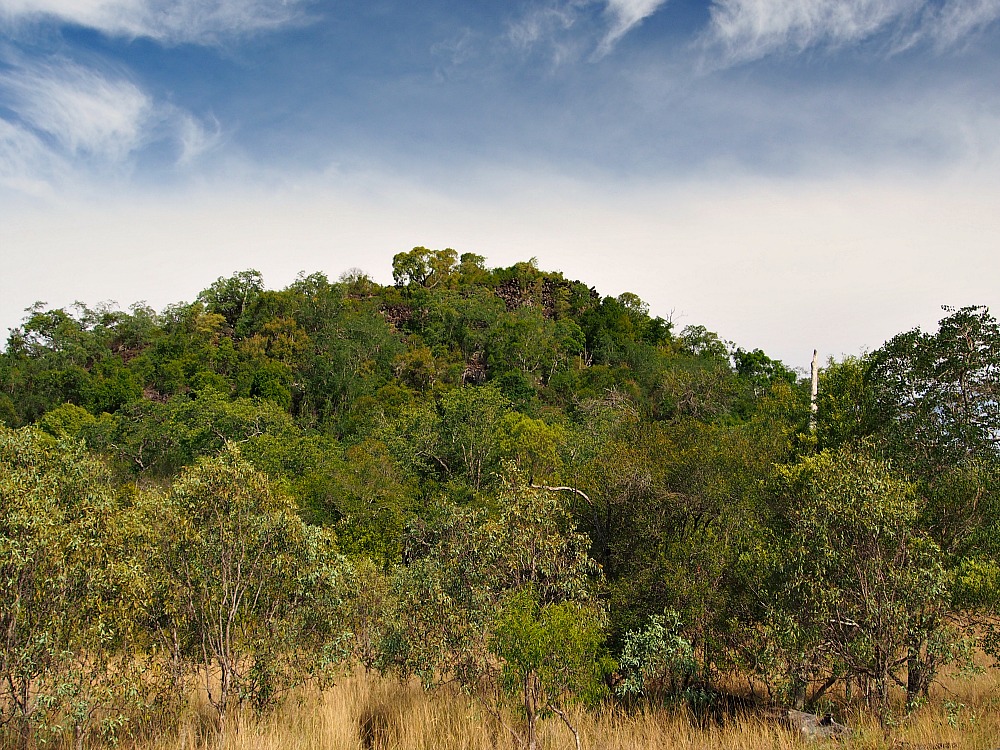
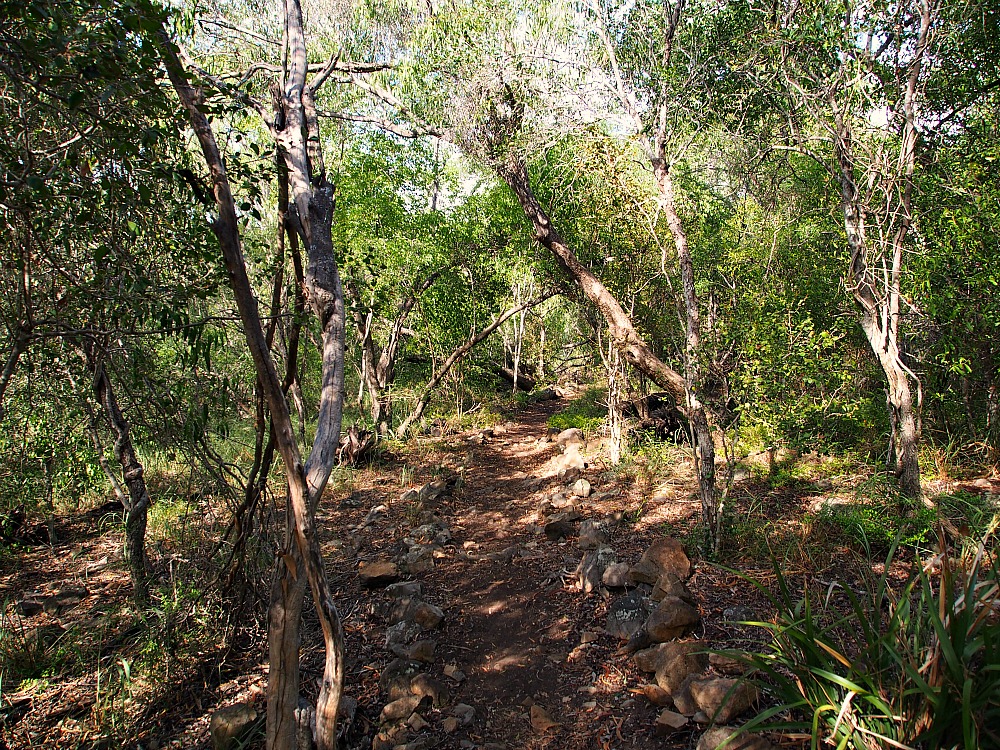
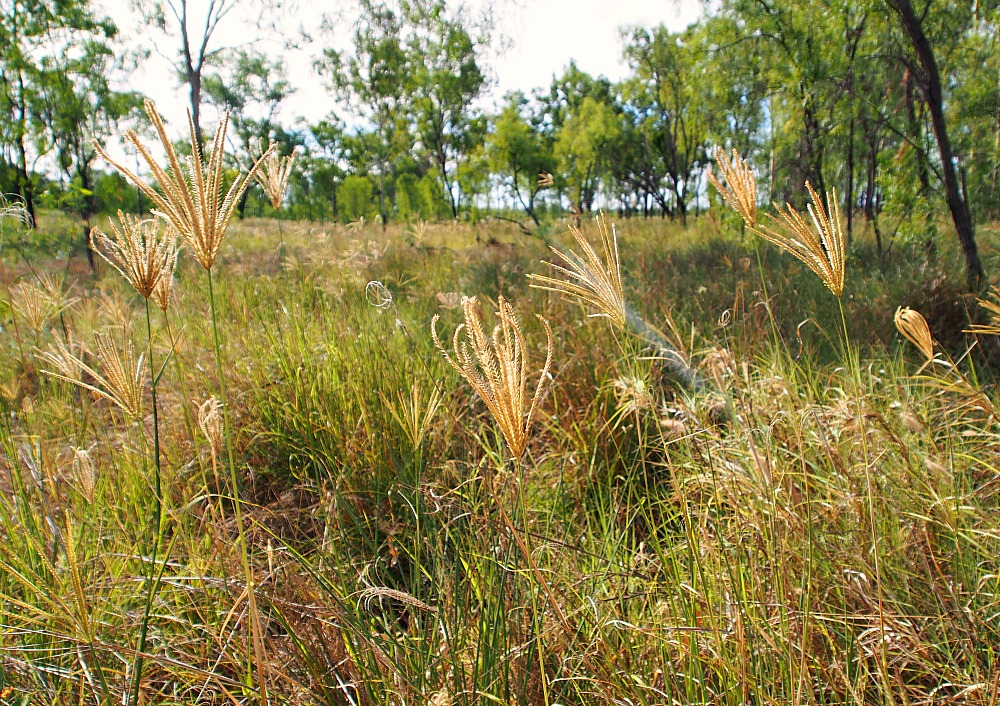
Beautiful photos that show the real Australia Krista. The aboriginal stories only add to that feeling. I’ve never heard of the saying “to keep a weather eye open”, although a common Aussie saying is “to keep an eye open”. No doubt we shortened the original, lol.
Thank you for this delightful read and photos. I just found out my grandson’s great grandfather was part aboriginal
From the Gangulu people. This is a wonderful thing to teach him of this side of his ancestors.
What a lovely myth. Thanks for sharing ?
All of the stories are just magical aren’t they? I can only imagine hearing those stories as a child and living there!
Dangama Mungar reminds me of Riding Mountain in south-eastern Manitoba. There’s such a vast expanse of prairie around it that you doubt your map until you stumble upon that one giant mound. I don’t know if it’s the subject of such rich lore as the Talking Mountain, but I certainly hope so.
I’ve been enjoying catching up on your travels. It looks and sounds like an amazing trip! I’m so glad you got such an opportunity to rest, delight, and explore. I’m going to have to add Queensland to my bucket list 🙂
How lovely. Not only have you posted beautiful images but you’ve given us wonderful stories about the land as well. Like you though, I’m not fond of snakes and they’re always so hard to see making me concerned I’m going to step on one which would lead to all sorts of trouble xx
That sounds wonderful and the countryside really beautiful. We often forget in this instant generation how important oral tradition is. GG
Oral history is so important and you’ve just helped to pass it on in written form, too. 🙂 I’d never heard of the Gangulu people before. Glad you didn’t bump into any of those snakes. I would have been terrified!
Julia
What a lovely place…. Want to spend some time here with my loving wife and children.